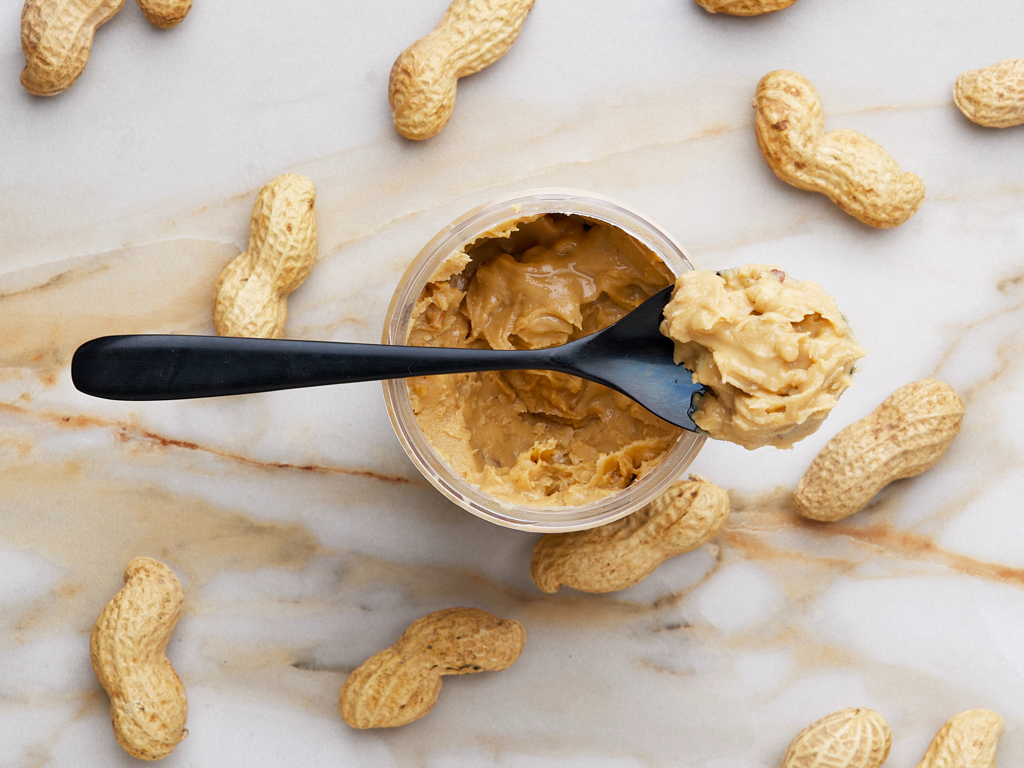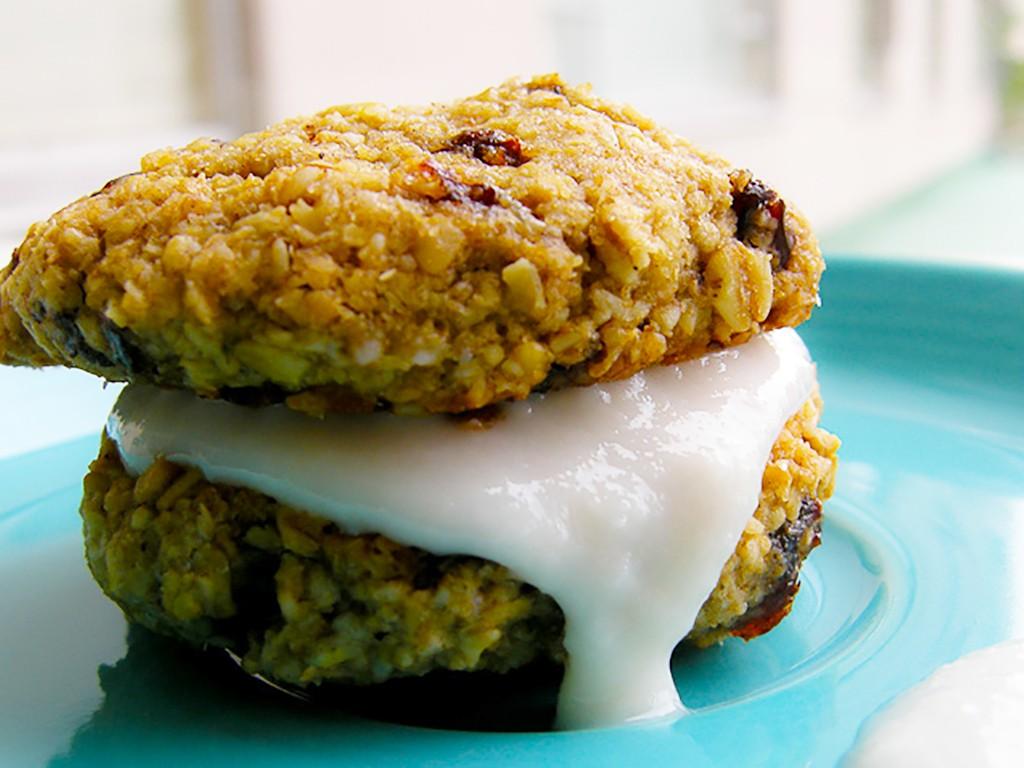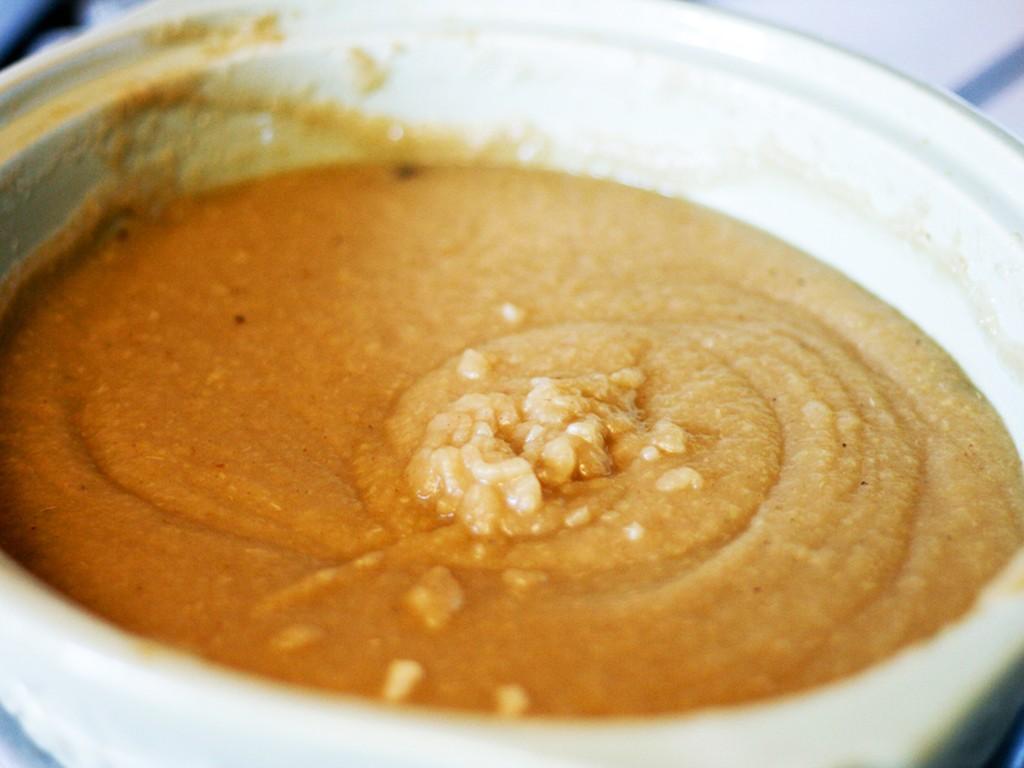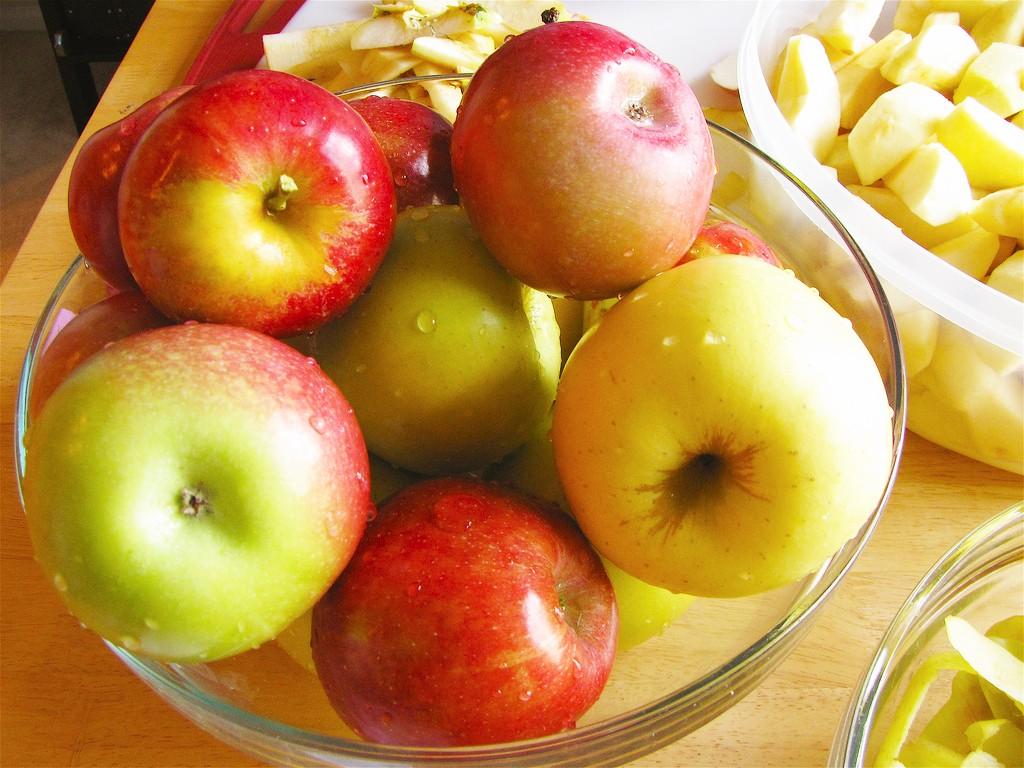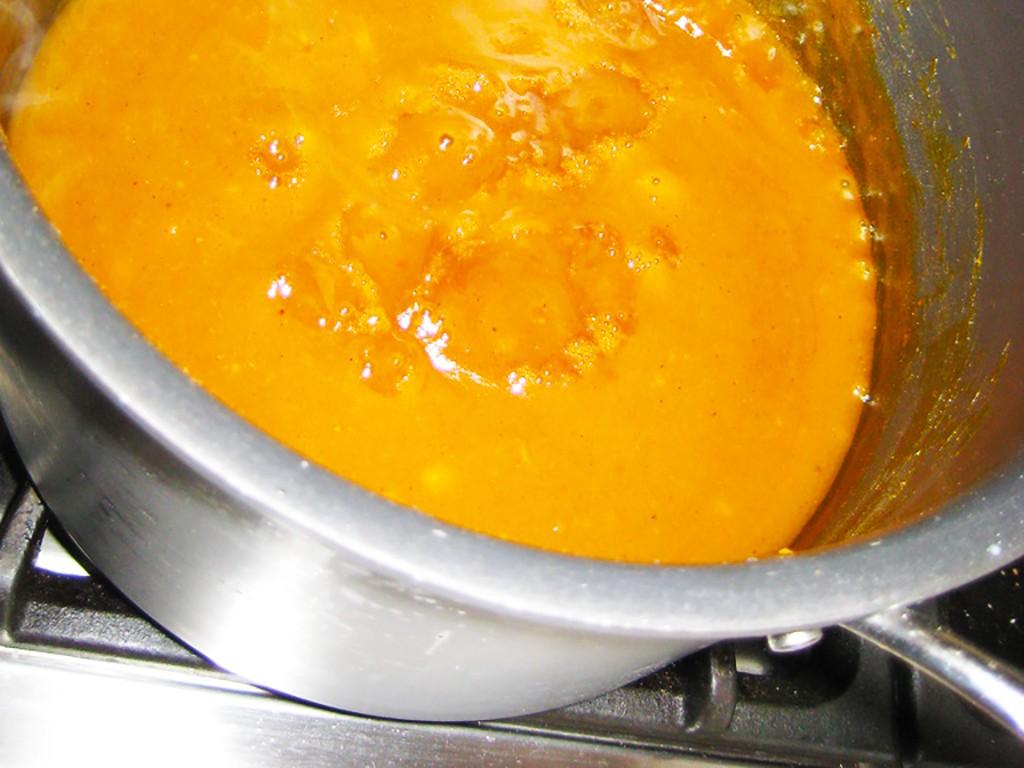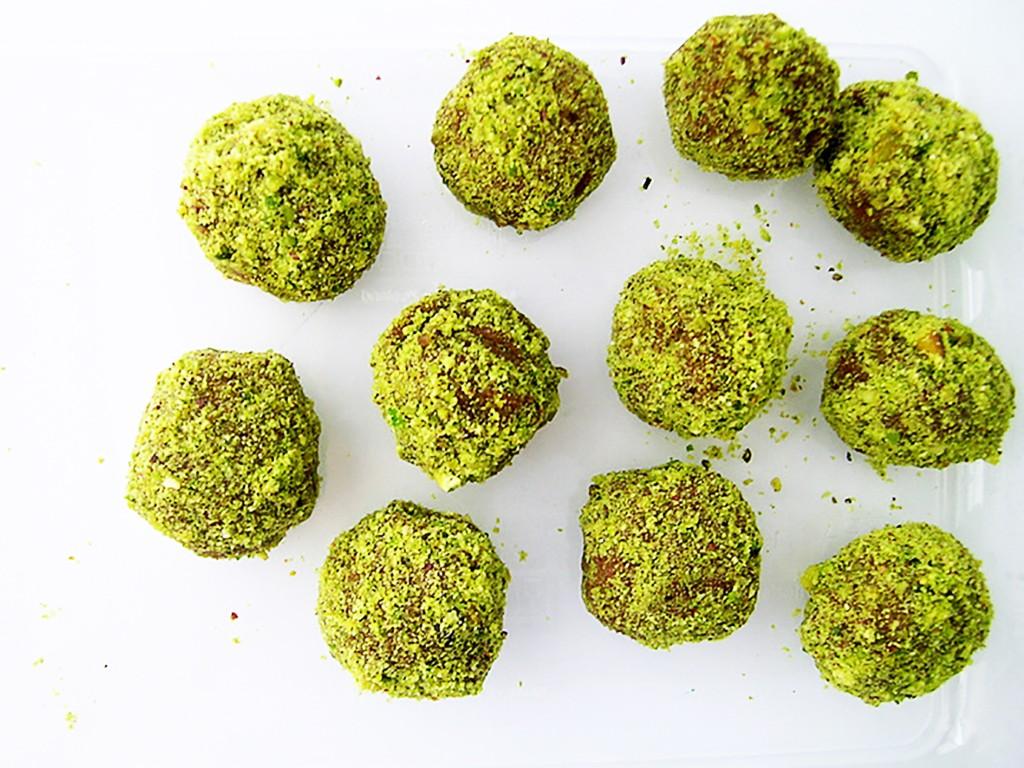Nut, Seed & Fruit Butters 101 – Your Primer To The Alternative World Of Healthy Spreads From Almond To Apple To Coconut
6 Mins Read
A somewhat confusing misnomer, the word butter is often the default term for what is actually a spread or a paste. Since allergies and dietary restrictions mean most people don’t have dairy butter on toast for breakfast anymore, we decided to catalogue all the various options- it’s a smorgasboard of deliciousness out there!
A couple of points to keep in mind: most of the spreads below can be made at home with a strong food processor. Every nut and seed spread can be made in its raw form or you can toast/roast the nuts/seed first. Add sweeteners to taste and a good pinch of sea salt to balance out the taste. When buying them, look for non-GMO ingredients at the least, organic at best and find a label with as few ingredients as possible.
Almond Butter
At this point, if you haven’t heard of almond butter at this point, you probably don’t get out much. A fixture on healthy eatery menus everywhere, this is peanut butter’s stiffest competition. It’s great for baking, as a spread, in smoothies and we often use it to make almond milk- just blend with water and hey, presto!
Cashew Butter
When ground into a paste, cashews become rich and creamy and the result is very comparable to almond and peanut butter, though arguable much smoother. As a result, cashew butter works well as a spread but it most often found as a base in raw desserts and cakes.
Hazelnut Butter
Made from ground hazelnuts (or filberts as some Americans call them), this butter is relatively gritty in texture and on the sweeter side with a robust hazelnut-rich taste. Mix with melted chocolate for a healthier, homemade version of Nutella, the beloved spread that made ground hazelnuts ubiquitous. We also love it mixed with pureed bananas and frozen for an easy ‘nice’ cream recipe. Otherwise, just spread hazelnut butter on toast- it’s delish!
Macadamia Butter
Made with either raw or roasted macadamias, macadamia butters hold a sweet, creamy taste with the roasted variety providing a toasty kick to the spread. Some form of sweetener is typically added and ground in with extra macademia oil to hold the paste together. It can be paired with the usual fruits and breads or used as an ingredient in baking.
Walnut Butter
Walnuts are one of the highest sources of omega-3 fatty acids in the nut world. Like other nut butters, walnut butter though time consuming is simple to make- just keep grinding the walnuts in a food processor until you form a uniform paste. This butter may be too bitter for some and as a result, it has not achieved the same levels of popularity so is harder to track down. It’s great as a baking ingredient- or mix with coconut oil and use to make a raw tart base.
Apple Butter
Apple butter is made by slow cooking apples with cider or water, for an extended period of time until the fruit sugars caramelize into a thick, dark brown consistency. Essentially, it is a more concentrated form of applesauce. Apple butter is sweet and has a slightly bitter taste from the caramelisation of the apples. It can be used on both sweet and savoury foods- it is an ideal foil for peanut butter in sandwiches, great as sauce with pork chops or used as an oatmeal topping. Apple sauce tends to be a seasonal product and it is not readily available in Hong Kong. It’s worth making your own if you fancy it.
Coconut Butter
Unlike nut butters, coconut butter is much more similar to a dairy butter. Not to be confused with coconut oil, it is made from dried coconut flesh that is ground into a paste, as opposed to extracted as an oil, making it both thicker and sweeter. Also, when melted, coconut butter stays white while coconut oil becomes clear. The resulting coconut butter is sweet and creamy with fruity and floral undertones. Like all things coconut, coconut butter is now sold in most supermarkets and health food stores.
It can be melted and drizzled on fruit, made into candies and fudge and used as icing for cakes. Unfortunately, as with other nut butters, it cannot be freely used as a one to one substitute for butter because of its density.
Pumpkin Butter
Very much a fall season staple, especially in North America, pumpkin butter is a versatile condiment- use it as a topping for pancakes, a base for a pudding, or as a sandwich spread- works great as a complement to cheese. Much like apple butter, it is made by slow cooking pumpkin puree with apple cider and other spices until it becomes a concentrated spread. Easy enough to make at home, especially since sweet and creamy Chinese pumpkins are available all year round.
Sunflower Butter
Sunflower seed butter can be used as a peanut butter alternative for people with nut allergies – some people swear they can’t tell the difference between the two. When ground, it has a similar texture, color and nutty flavour though it is definitely milder. We use it as a base for peanut free peanut butter cups. Use wherever you would peanut butter and make at home if you can, though it is easily found at health food stores.
Sesame Butter
AKA tahini in its roasted form, sesame butter is most well known as one of the primary ingredient in hummus. That being said, it makes a great base for creamy salad dressings and sauces with earthy and slightly bitter flavour. There is a fair bit of difference between the raw seed and roasted seed varieties, the former being much less viscous and harder to blend as a result. The roasted paste is far smoother and much more commonly used. Tahini can be found in most quality grocery stores.
Pecan Butter
Not very common, pecan butter is made of ground pecans and is chock full of vitamins and proteins. Pecan nuts have an almost silky texture and an earthy, honeyed and nutty taste to it. It can be spread on crackers, fruit, or sandwiches- we love it with hard cheese and some quince. Pecan butter is also great addition to cake, muffin and cupcake batters.
Pistachio Butter
An Italian favourite, ground pistachios with a sweetener and some sea salt makes for a delicious spread. This is a mostly undiscovered gem, and one to use freely- it works especially as a crust for grilled fish, as a layer in a baklava or as a base for modern pesto. Though it can be made at home, you need extremely fresh pistachios for an optimal result so we recommend finding it your favorite Italian grocer.
Soy Nut Butter
Soy nut butter is made by roasting and grinding soy nuts and is yet as another peanut butter alternative for those with severe allergies. It has a thick and creamy texture, is very similar to peanut butter in taste, though milder, lacking the peanut’s more rounded flavour richness. Some may find soy nut butter too bland of an alternative and its distinct aftertaste can be unpleasant to some. Plus, not great for those trying to keep their soy levels down. Find organic WOW nut-free soy butter at O’Farm shops.
Looking for handcrafted vegan spreads and butters in Hong Kong? Try Chemsi, The Nutter Company and Foodcraft!
A version of this article was previously published Foodie magazine here.
Lead image courtesy of Uns. Other photo credits: hovering above the ants via photopin (license), Vegan Oatmeal Creme Pies via photopin (license), Pumpkin Butter via photopin (license), Quadruple Chocolate Pistachio Cupcakes via photopin (license), Freshly washed apples via photopin (license) and Apple Canning via photopin (license).


